| Saltwater Artists Gallery in New Harbor, Maine completed another successful show season that included 2 new ventures and ended with statewide recognition. Our first annual plein air "Paint the Point" event was enthusiastically received by all of the participating artists, as well as by the event's juror, highly regarded artist J.C. Airoldi. We were grateful for the support our event sponsors: the Seagull Restaurant, Citizen Home Maine and Weatherbird Bakehouse, and for the help of all of our event volunteers. We are looking forward to the 2nd annual in 2024! The gallery was very excited to be able to expand our mid-coast presence this summer with the opening of a satellite gallery in the newly renovated Discovery Room at the Maine Tasting Center in Wiscasset. In keeping with the food and drink offerings of the MTC, our venue featured food themed artwork by SWAG gallery members. After lots of positive "feed-back", we will return in '24. |
|
And last, but not least - the results of Down East magazine's "Best of Maine" poll were published in their September issue, and revealed that Saltwater Artists Gallery had been voted #1 in the Art Gallery category. We are very proud of all of our talented artists and very grateful to all of our incredibly supportive patrons! See you next season!
0 Comments
Lighthouse. More information about the July 22nd event, as well as registration for the event, can be found on the gallery website www.saltwaterartists.com.
Fellow Saltwater artist Pat Higgins recently emailed me a photo snails on a vertical rock formation because they reminded her of my gallery display of snail magnets (see my blog post from 9/17/19). Oscar Wilde once said "Life imitates art far more than art imitates life..." but I certainly think there is an equally valid argument to be made for the opposite sentiment. I know that after first coming up with the idea of creating snail magnets, I then had to figure out a way to effectively display them. A memory from my youth (and that is going back some!) of periwinkle snails attached to pier pilings came to mind and I was able to recreate a version of that image by attaching two short lengths of old cedar post to a length of weathered board. Finished snails could then be affixed to small magnets that had been imbedded in each post resulting in an appealing, and somewhat life-like, presentation. As for Mr. Wilde's observation regarding life and art, I think that, in the end, it may come down to the same conundrum as in the "chicken and the egg" debate. As for the snail magnet display, I keep having to replace the snails, so it would seem that visitors to the gallery relate to this creation resulting from a childhood memory.
I began this piece by adhering the painting to a 1/4" thick piece of birch plywood so that I would be able to mount it in the to-be-constructed window frame and to insure that the canvas wouldn't distort over time. I then proceeded to construct a small window that included a recess on the back side where the painting could be attached with small screws. I painted the window an off-white, and, before installing the painting, I painted out the partial image of a second figure that could be seen over the left shoulder of the woman in the foreground. The next step was to tackle the potted plant for the sill. I had a 3" terra cotta seedling pot that was a perfect size for what I had in mind, but it was "new", so I "aged" it using acrylic paint. I wanted to attach the pot with a bolt rather than simply epoxying it to the sill. I put a 1/4 thick layer of Apoxie clay in the bottom of the cup to prevent the pot from cracking when the bolt was tightened, and then drilled a hole through it after it hardened. I then drilled a hole in the sill and made sure that the pot would screw into it securely. I was ready to "plant".
Attaching the strips involved using my Dremel to create insertion holes for the ends of each strip in the driftwood base. I also added a small metal pin into the edge of each strip at the point where the edge of the strip actually touched the body of the "Diver". I drilled holes to receive the pins in the body and then epoxied each strip end and pin into their respective holes. I further secured the strips by adding a toothpick "pin" through overlapping flat areas of the strips. In addition to the 3 long strips that I attached around the rod, I also added 2 shorter strips about an inch further behind the base of the rod to further enhance the flow and effectiveness of the composition. I feel the addition of the "landscaping" added to the illusion of motion and of being underwater...and, even better, added a sense of playfulness. :)
ArtinME, the annual statewide juried art show at BRAF Gallery in Boothbay Harbor is back for 2021!
The Yarmouth Art Festival is back to its in-person format for the 13th edition of this annual juried show at St. Bartholomew's Church in Yarmouth show after having to go virtual in 2020 . The jurors for this years show were Peggy Greenhut, founder of the Greenhut
|
AuthorCynthia Smith, Maine artist, originally from Connecticut. Taught art at secondary level for 35 years, retired in 2004. Sculpts in bronze, wood, stone, clay & plaster. Her work can be seen at several mid-coast Maine galleries and shows. Archives
June 2023
|
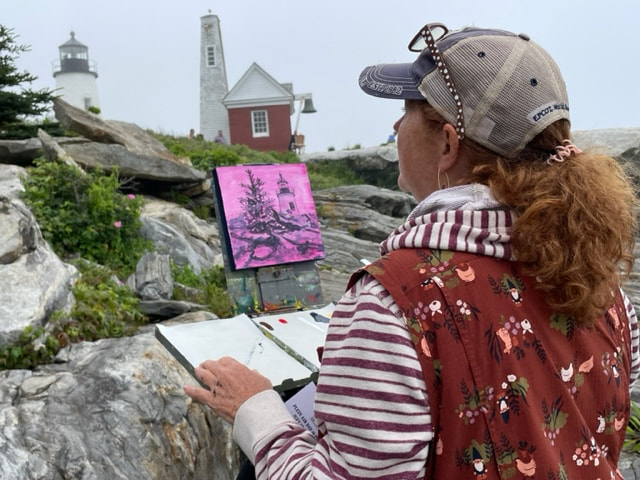
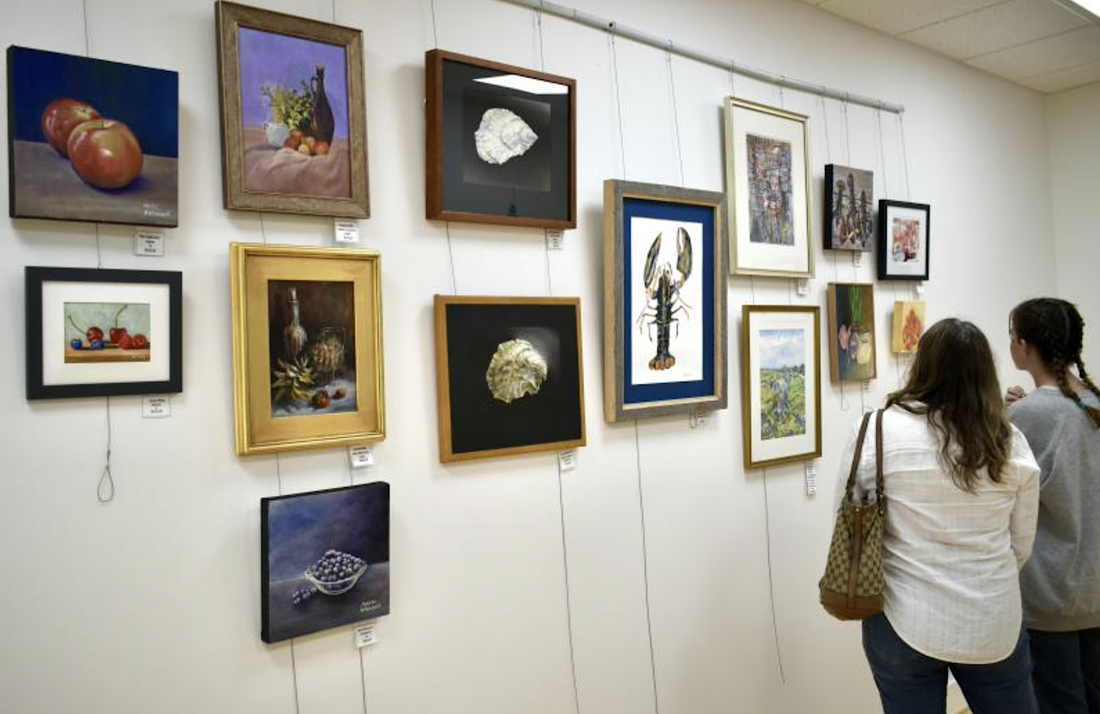
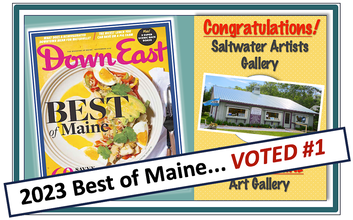
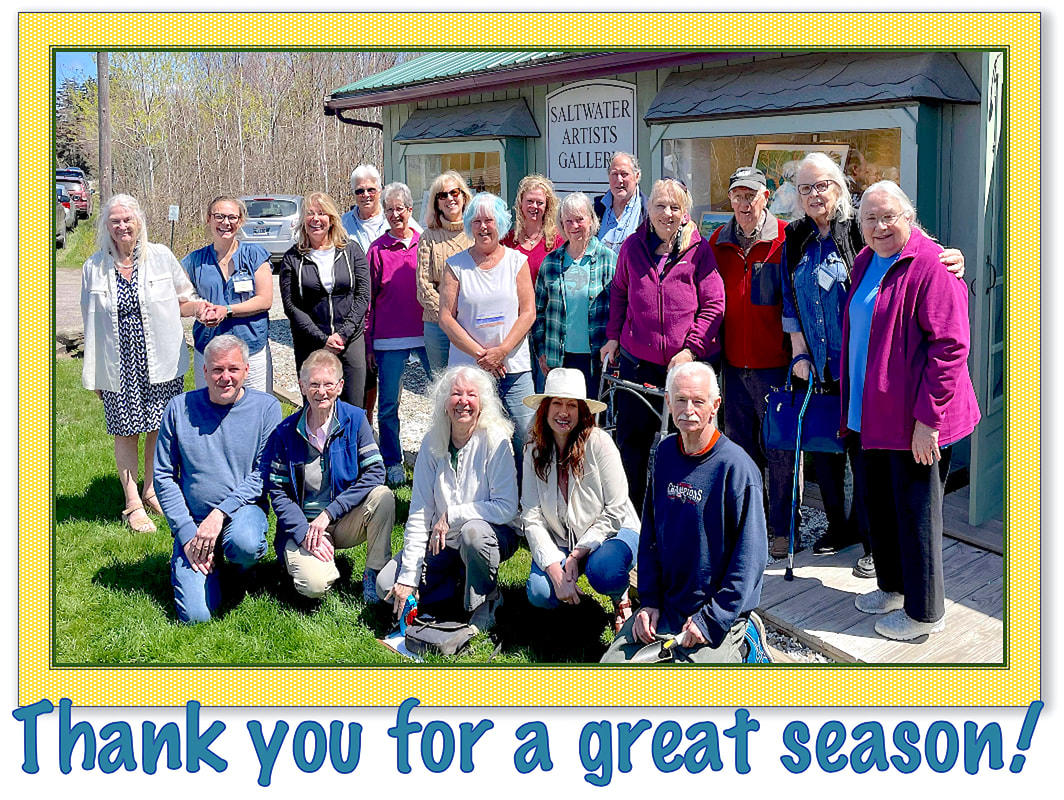
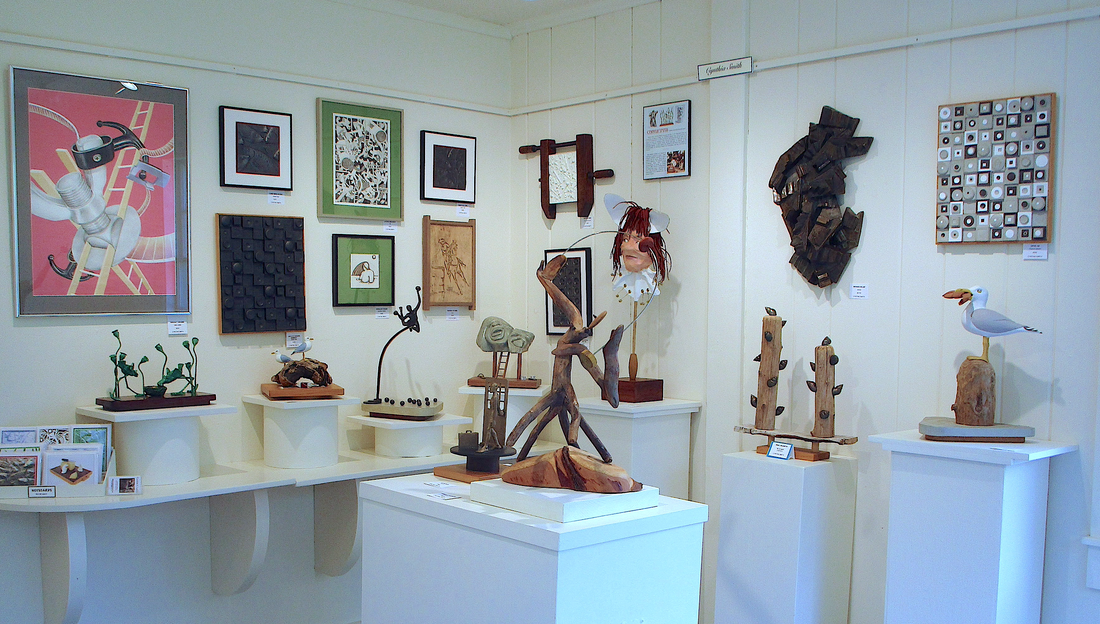
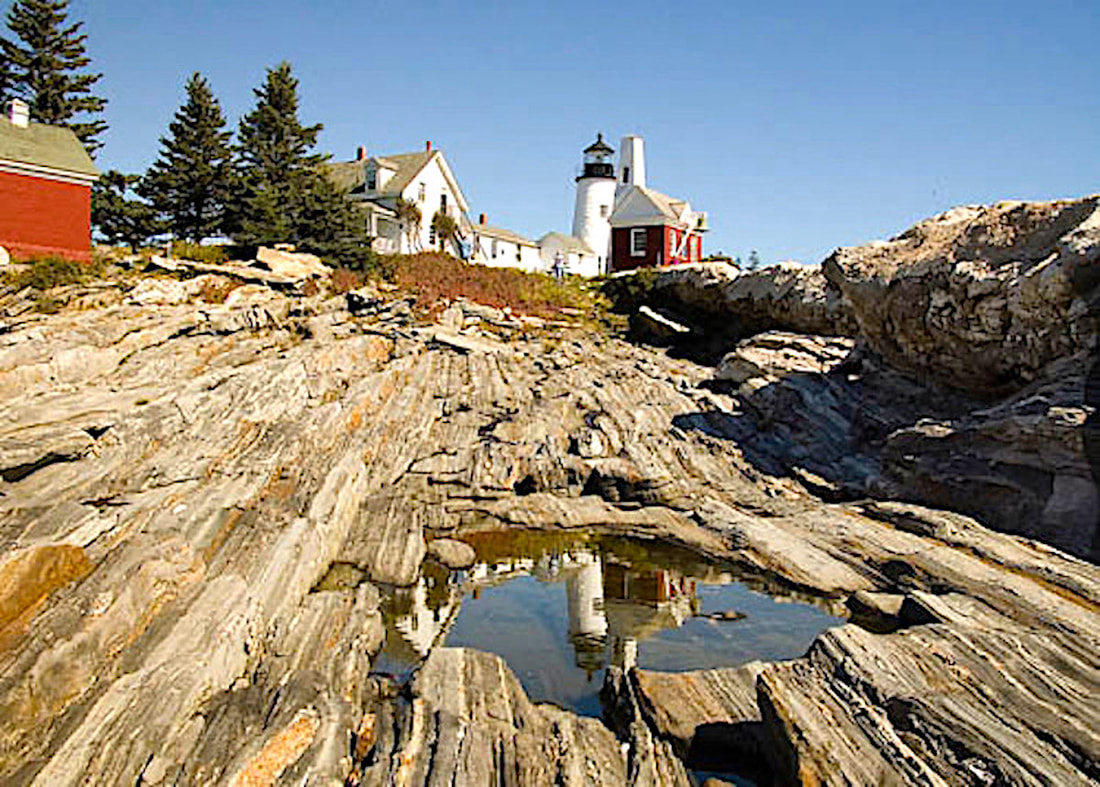

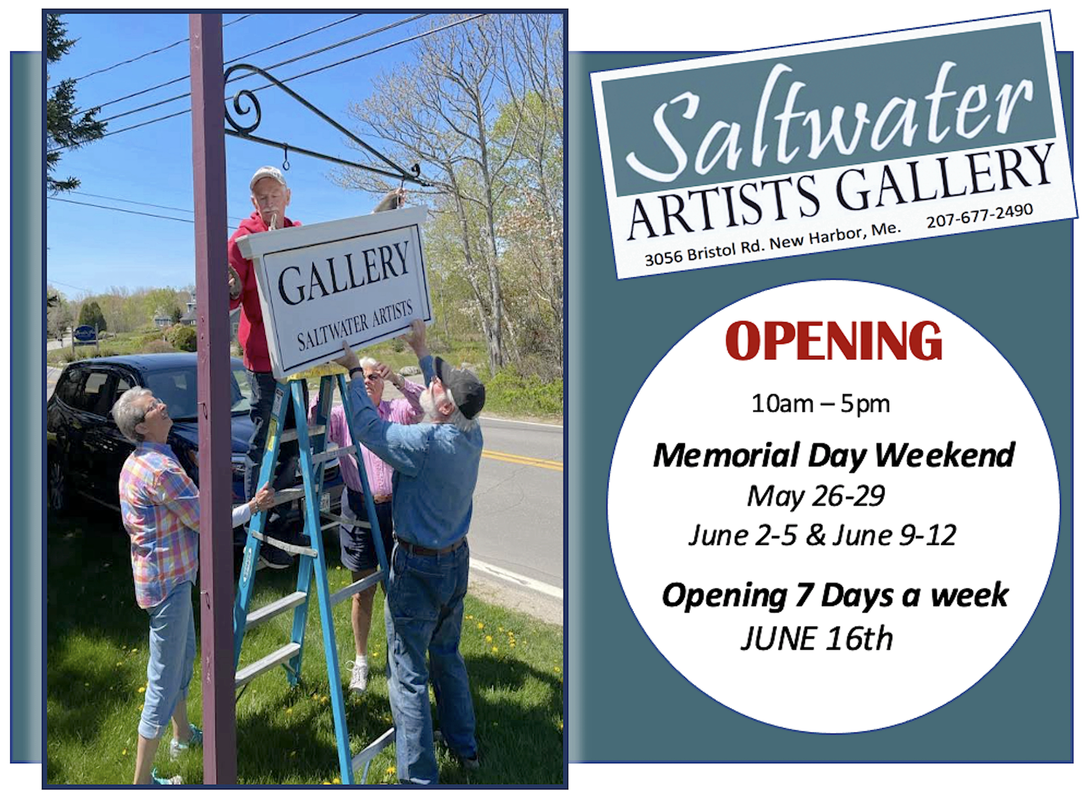

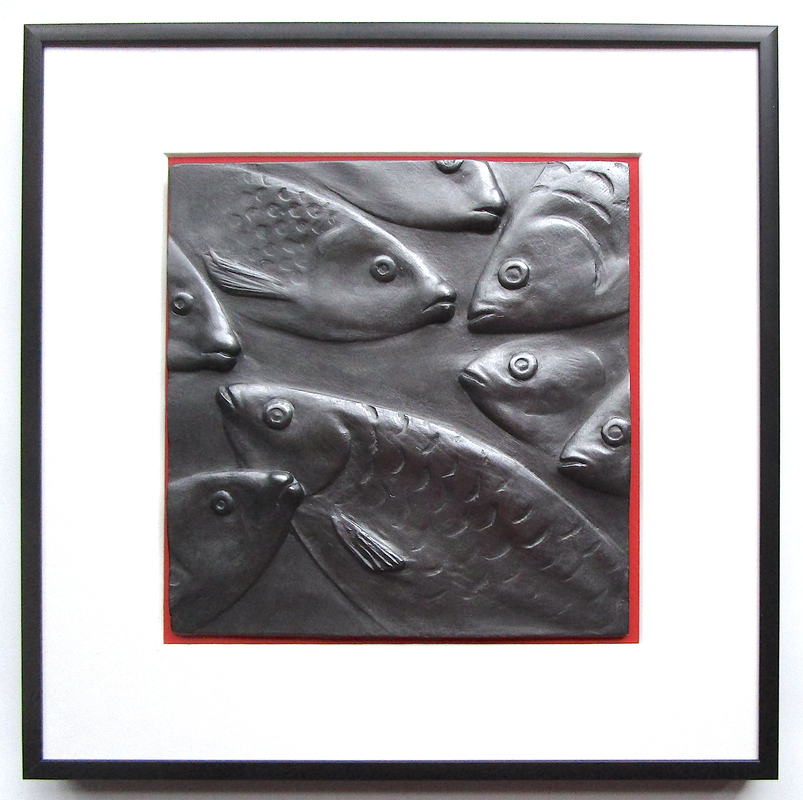
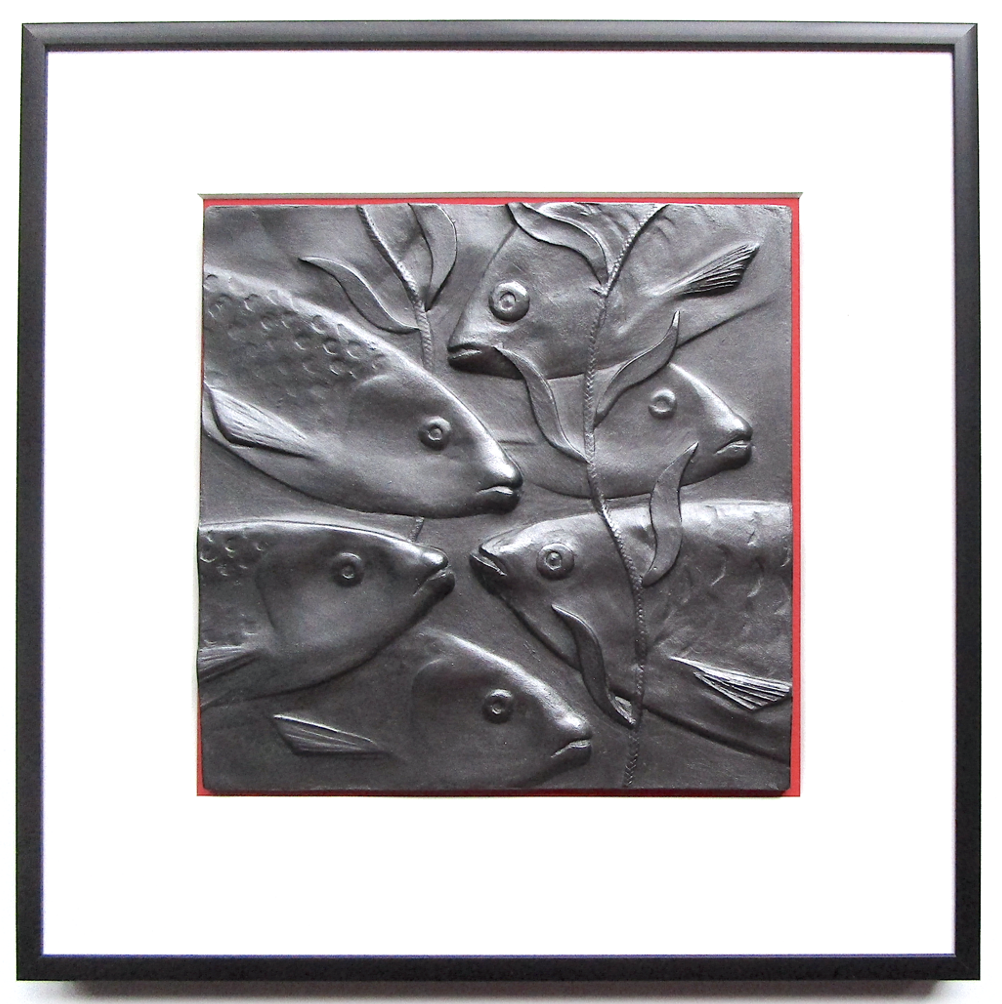
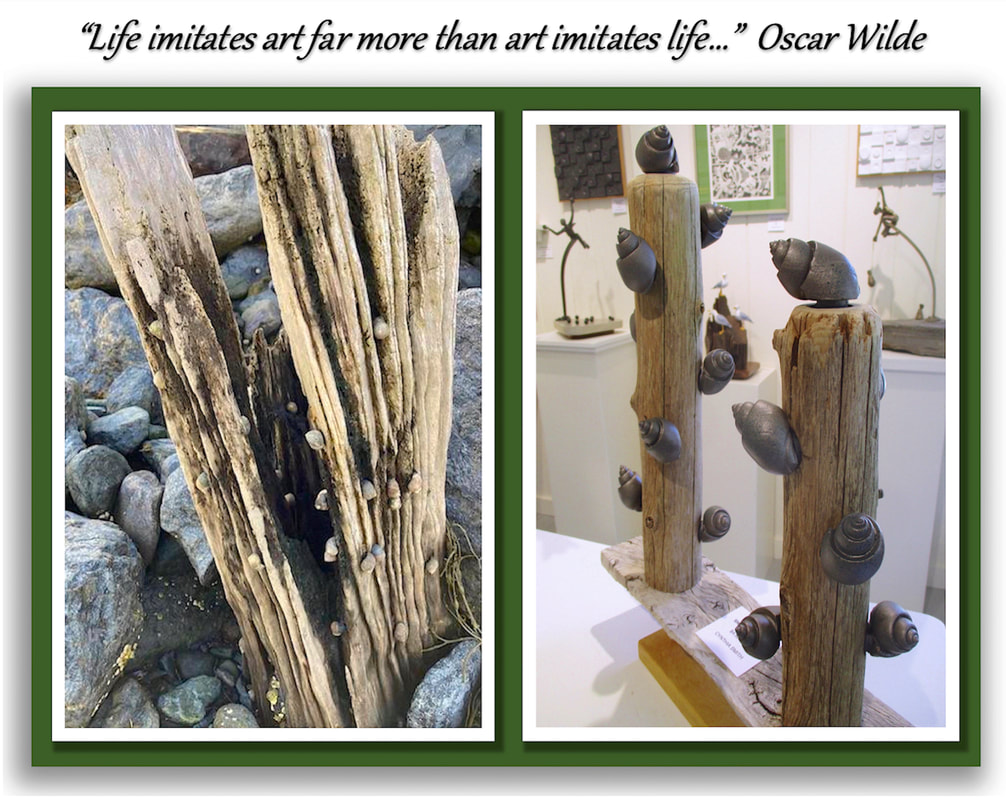
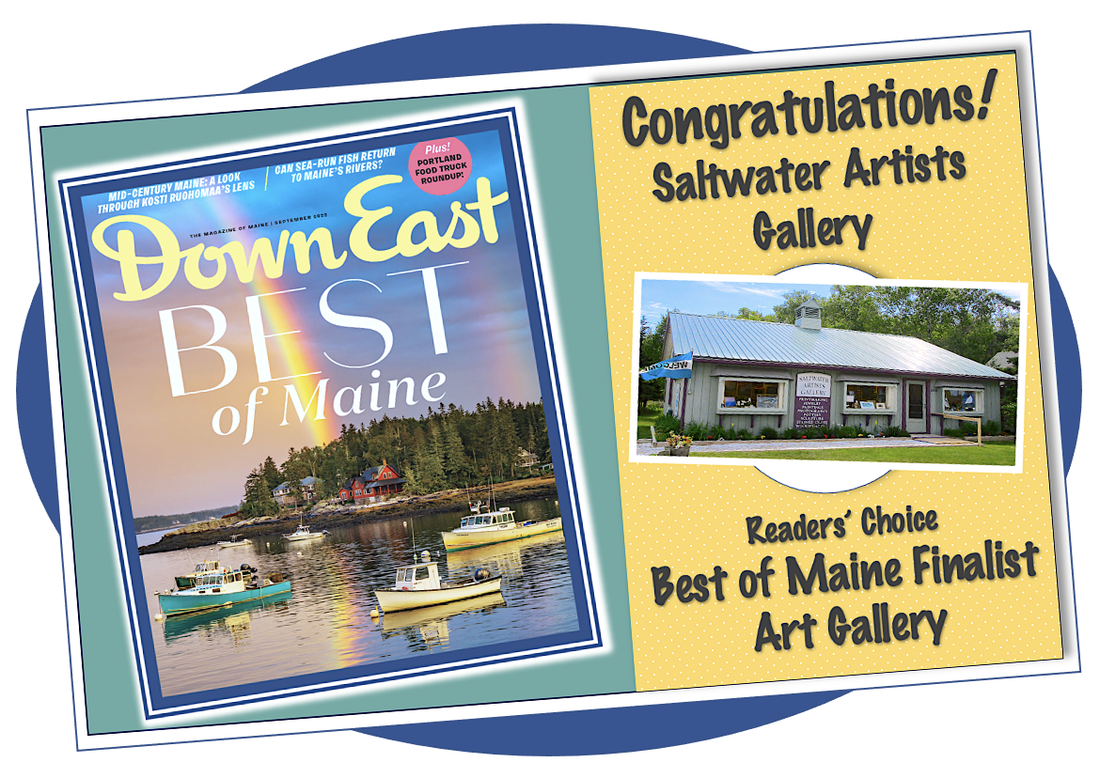
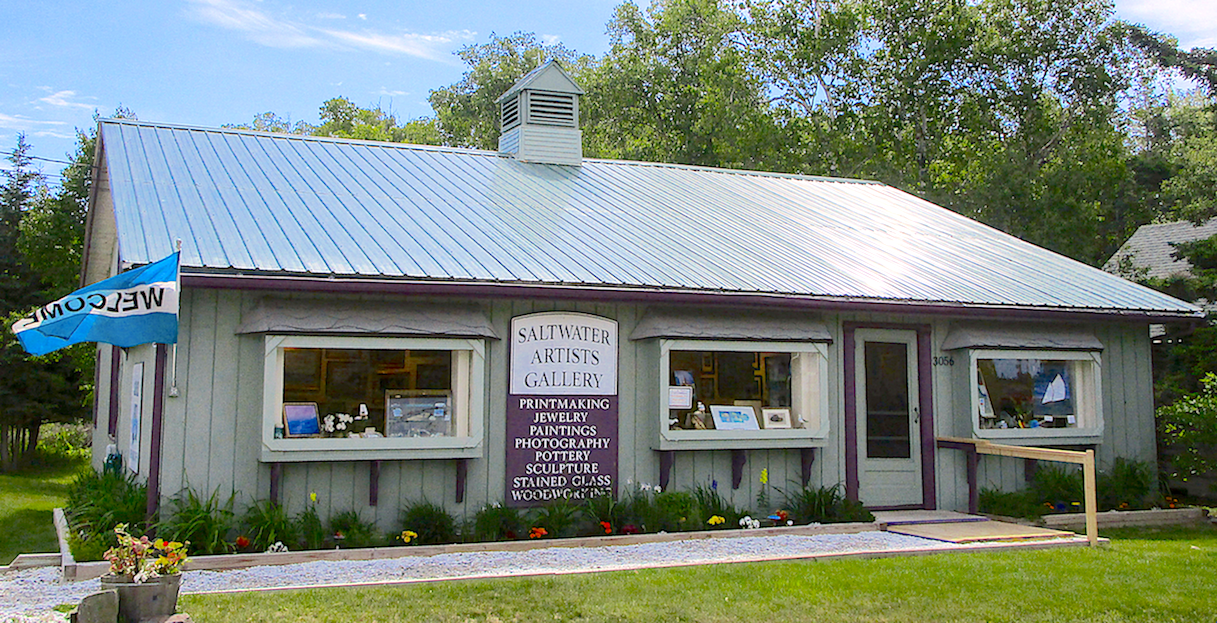
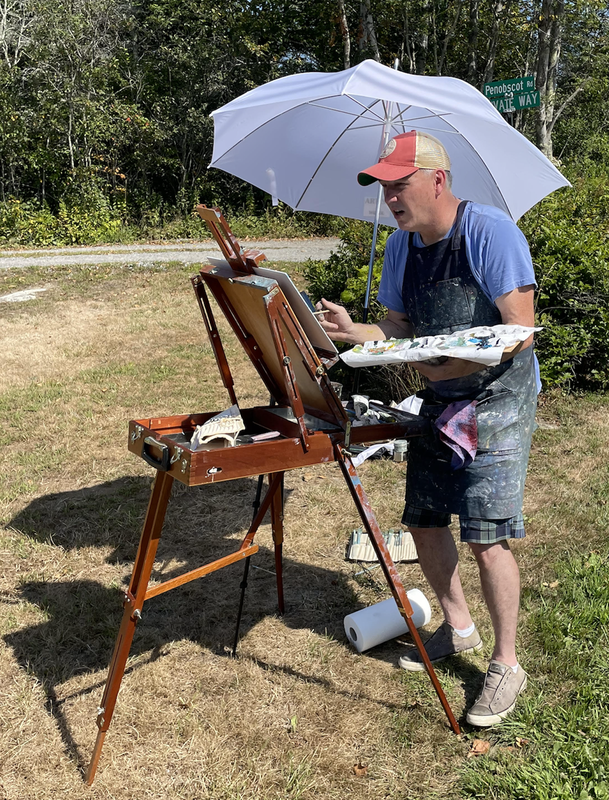
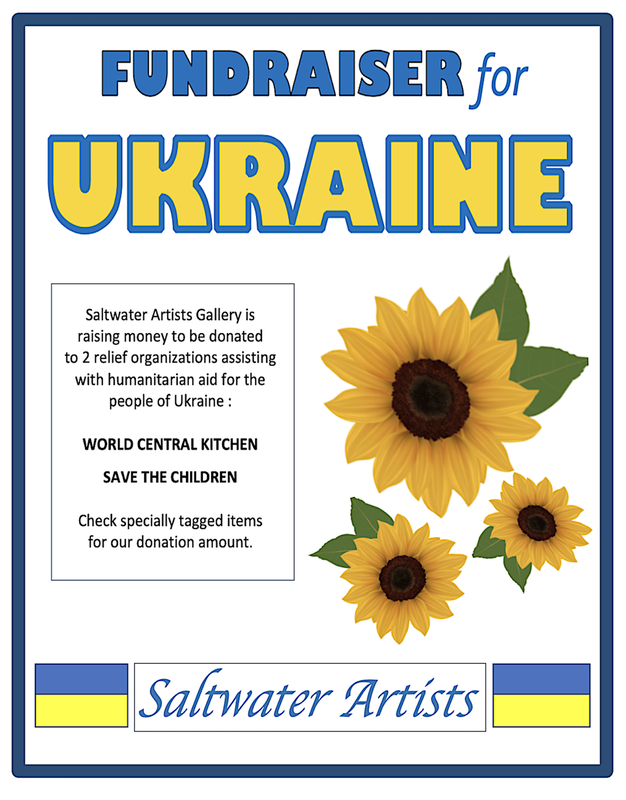
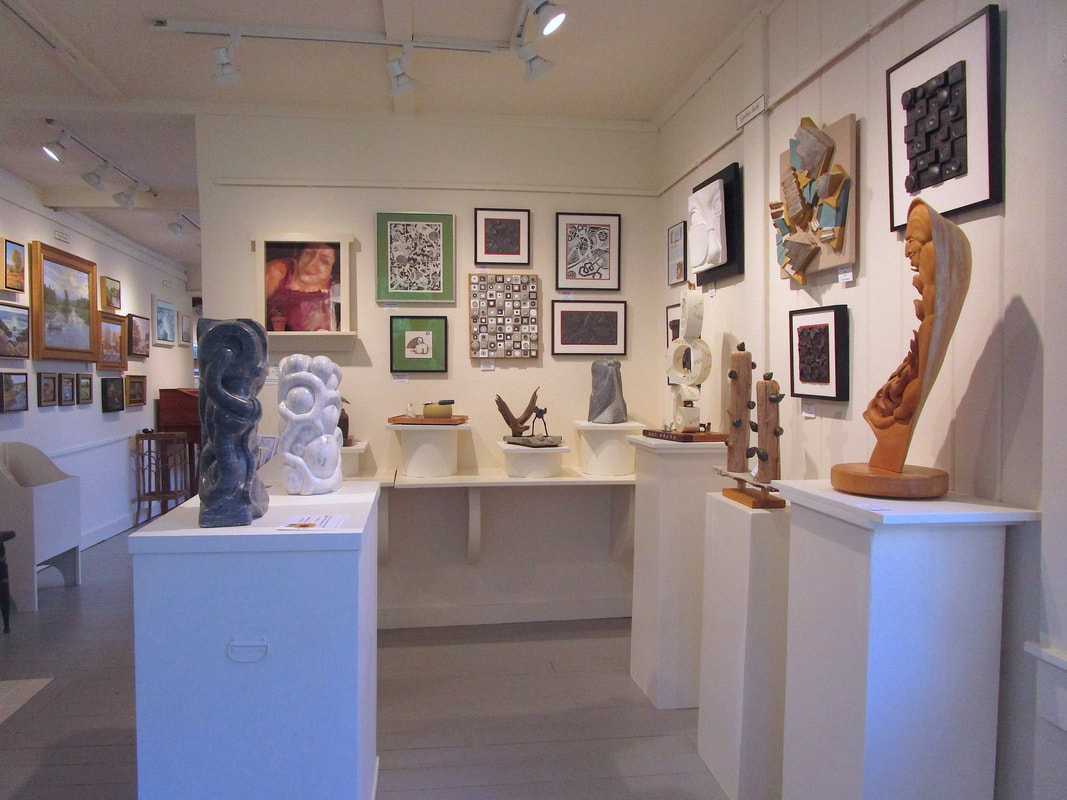
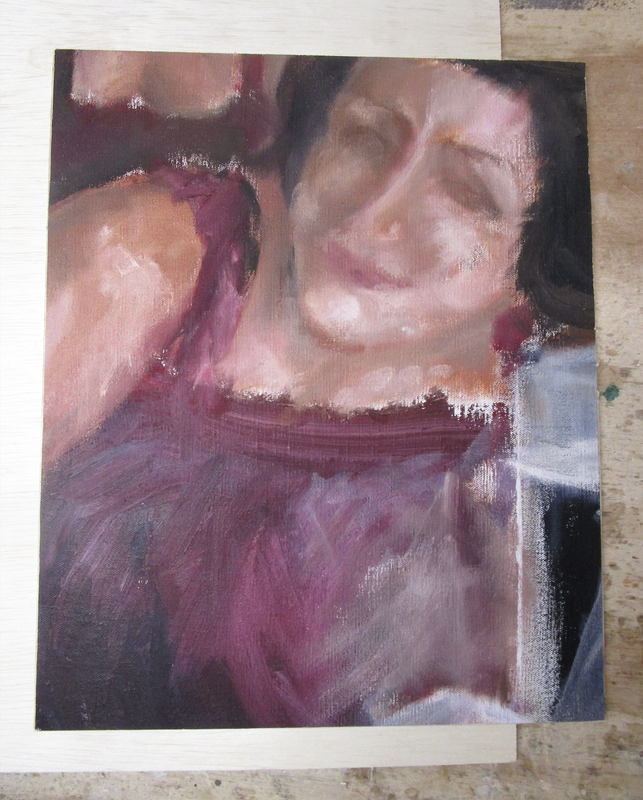
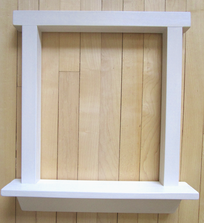
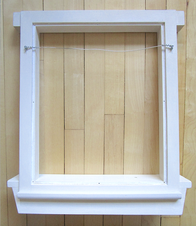
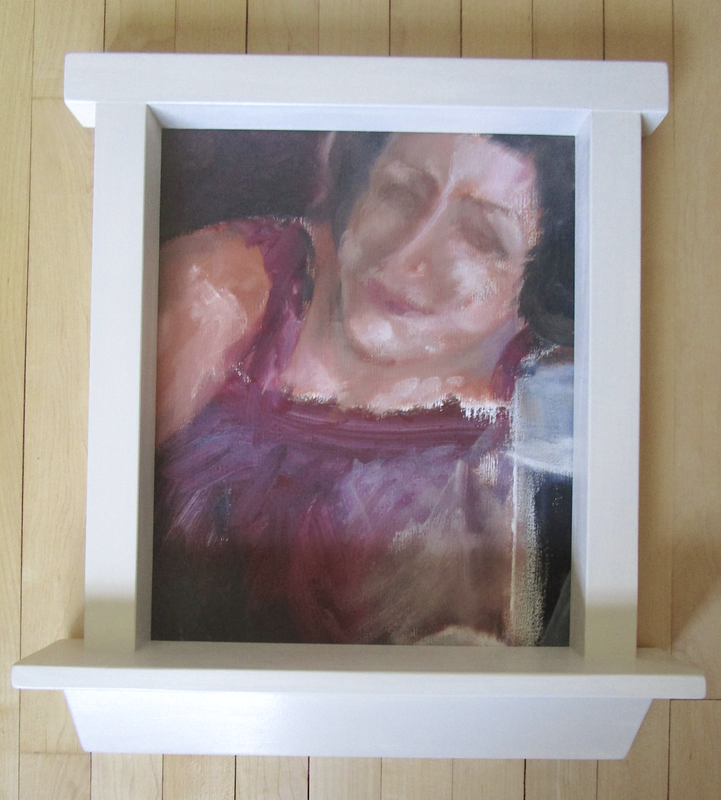
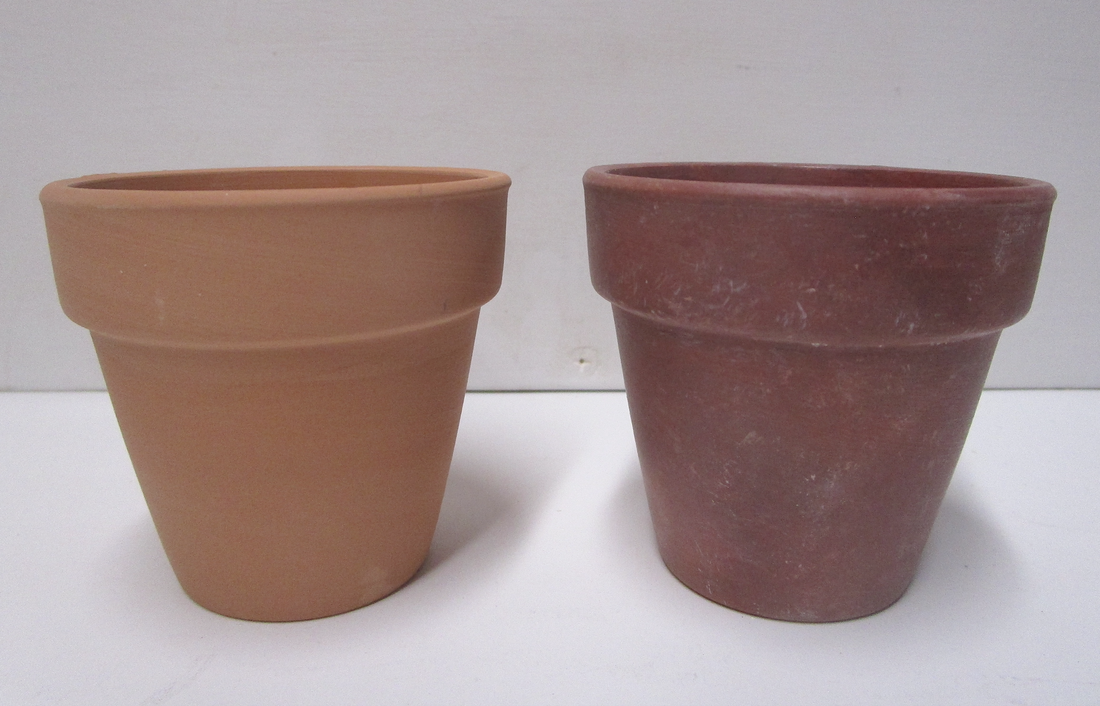
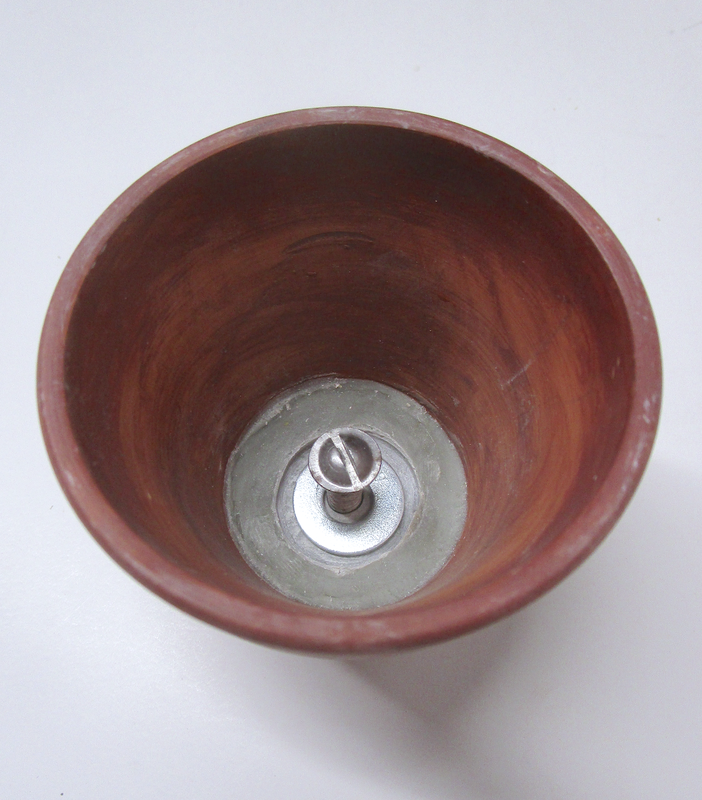
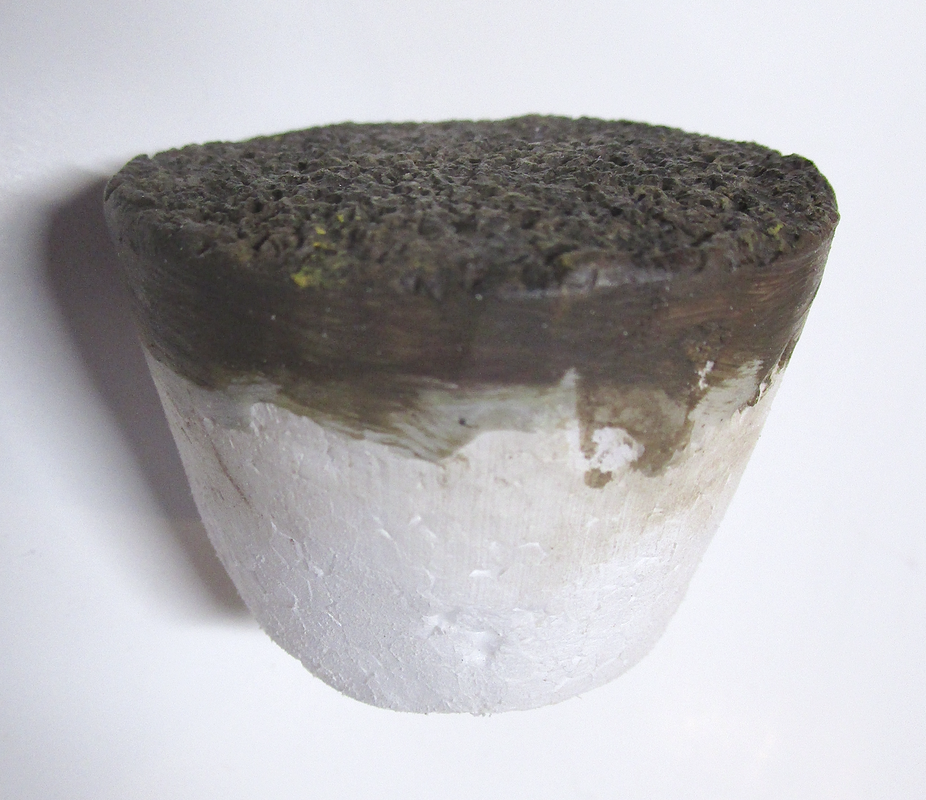
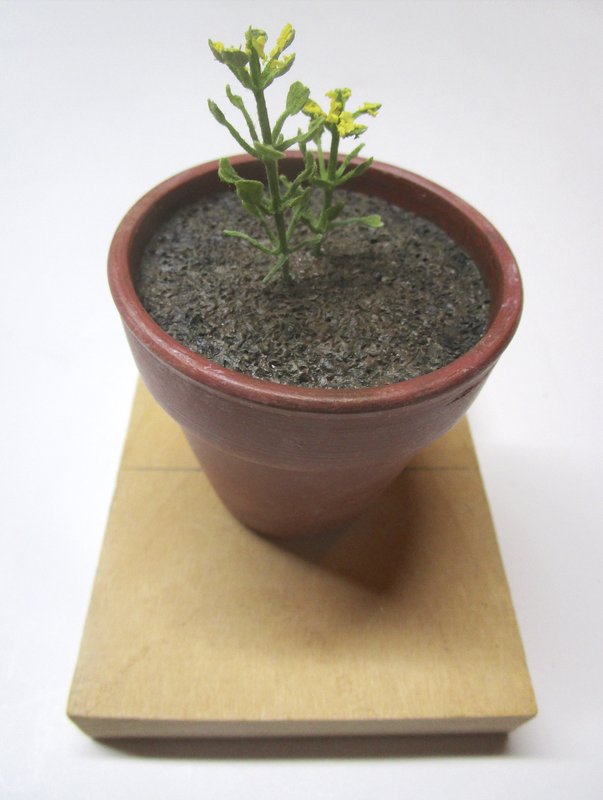

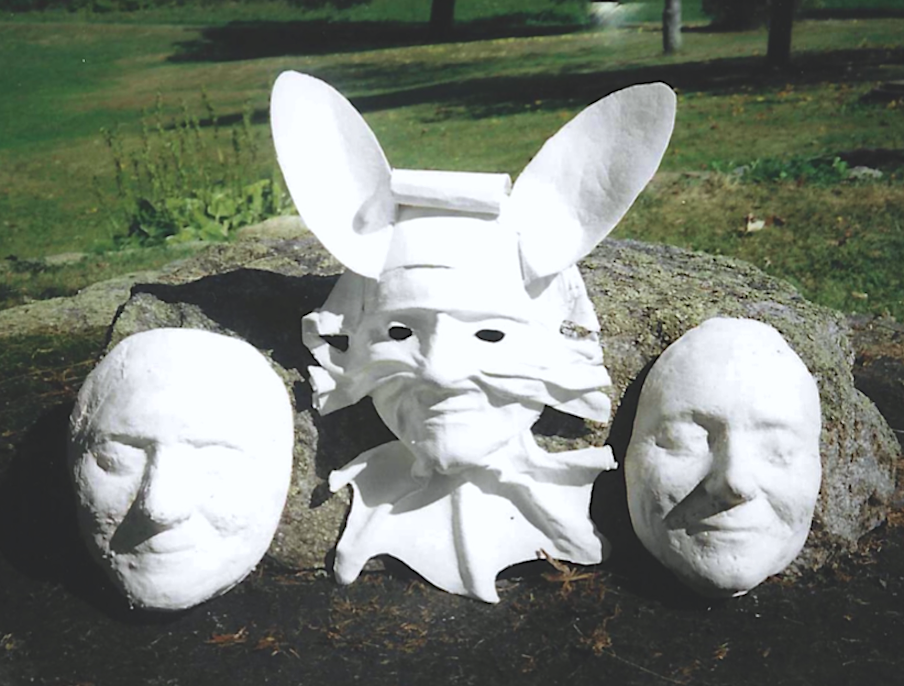

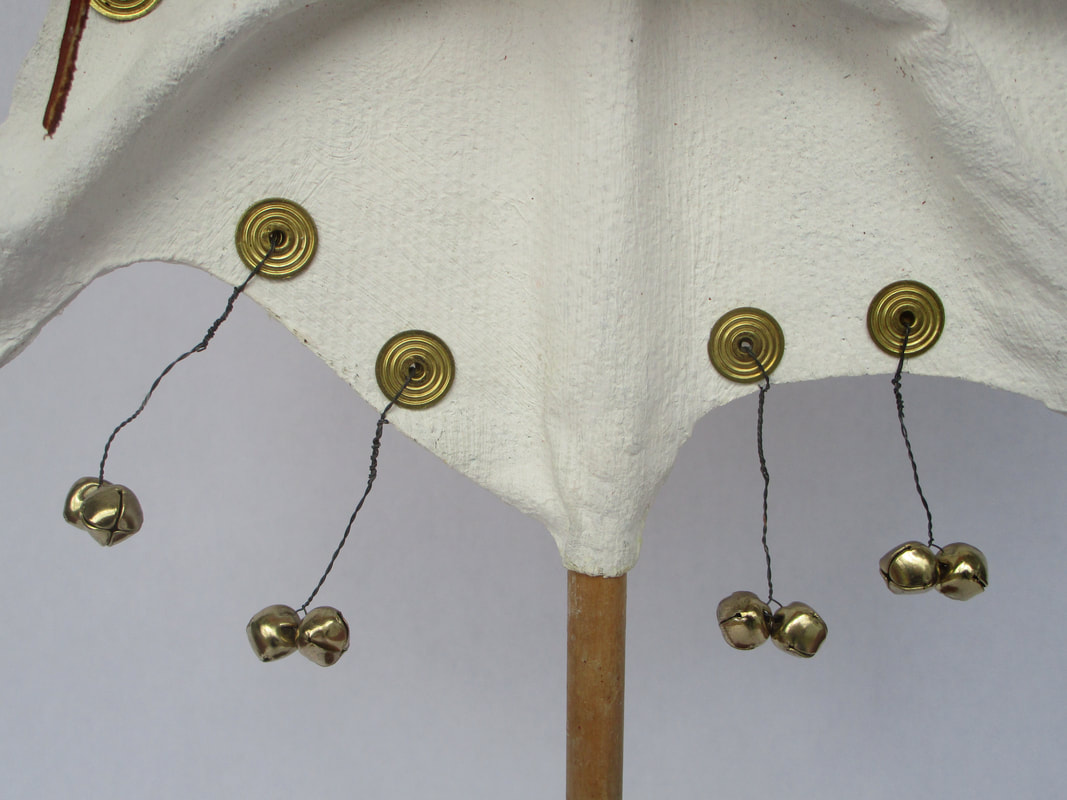
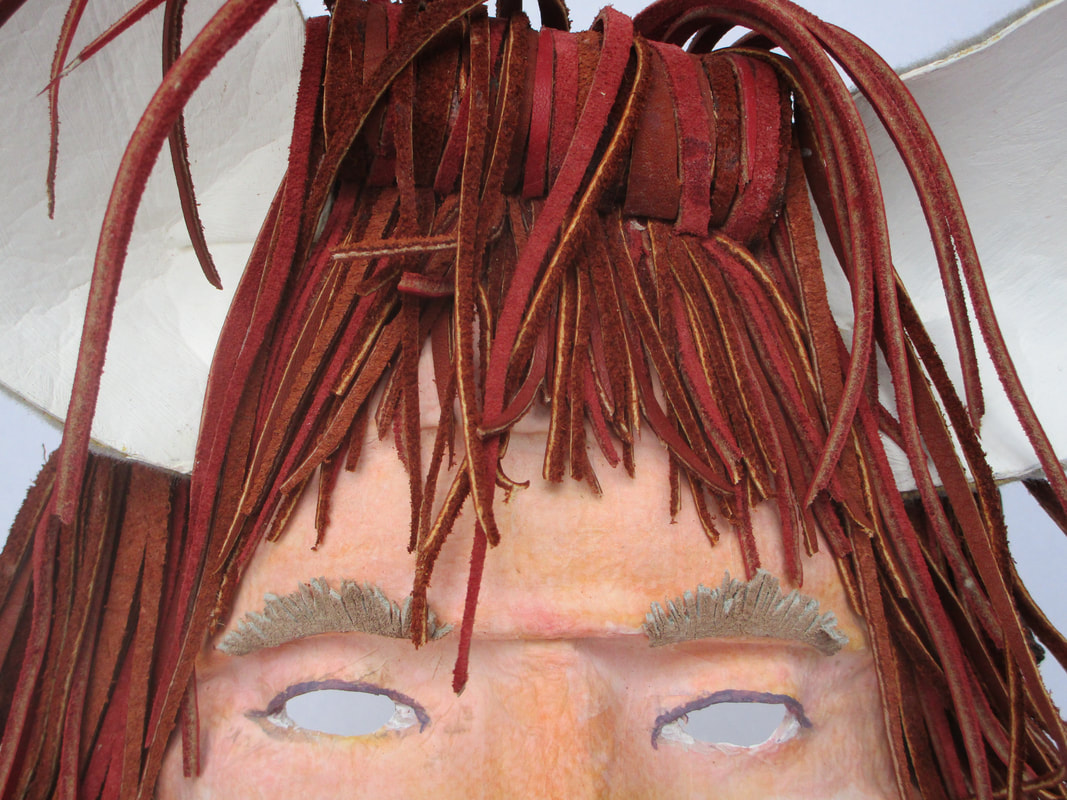
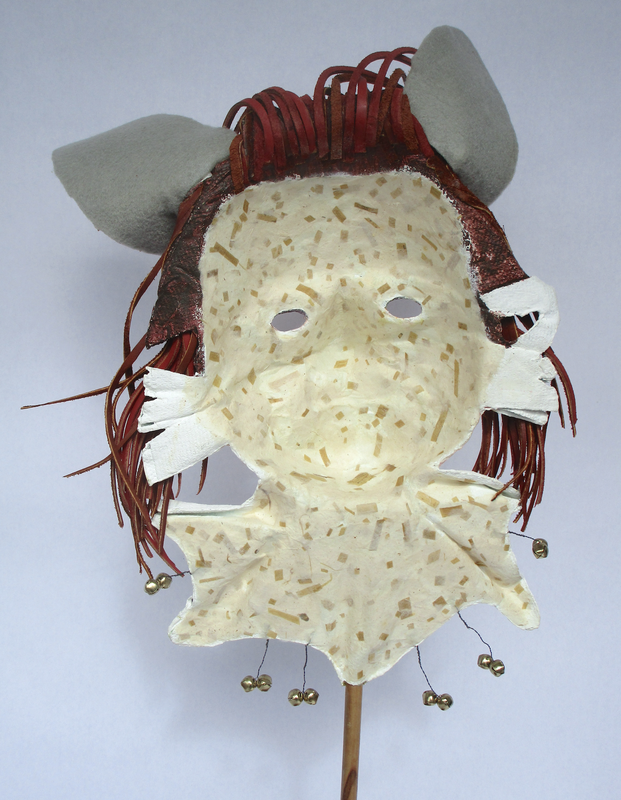
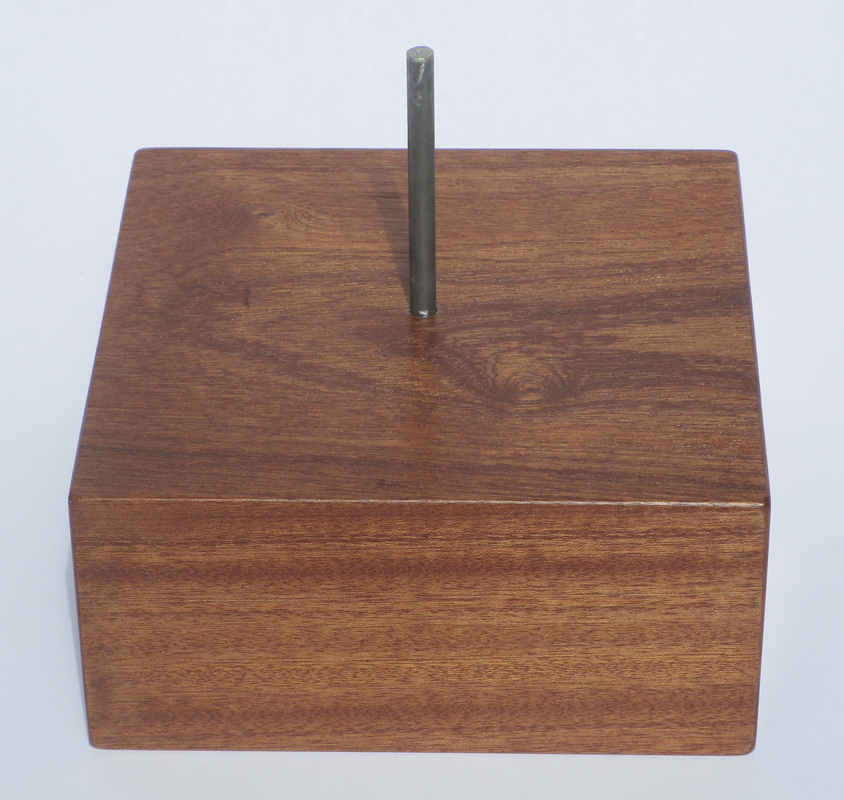
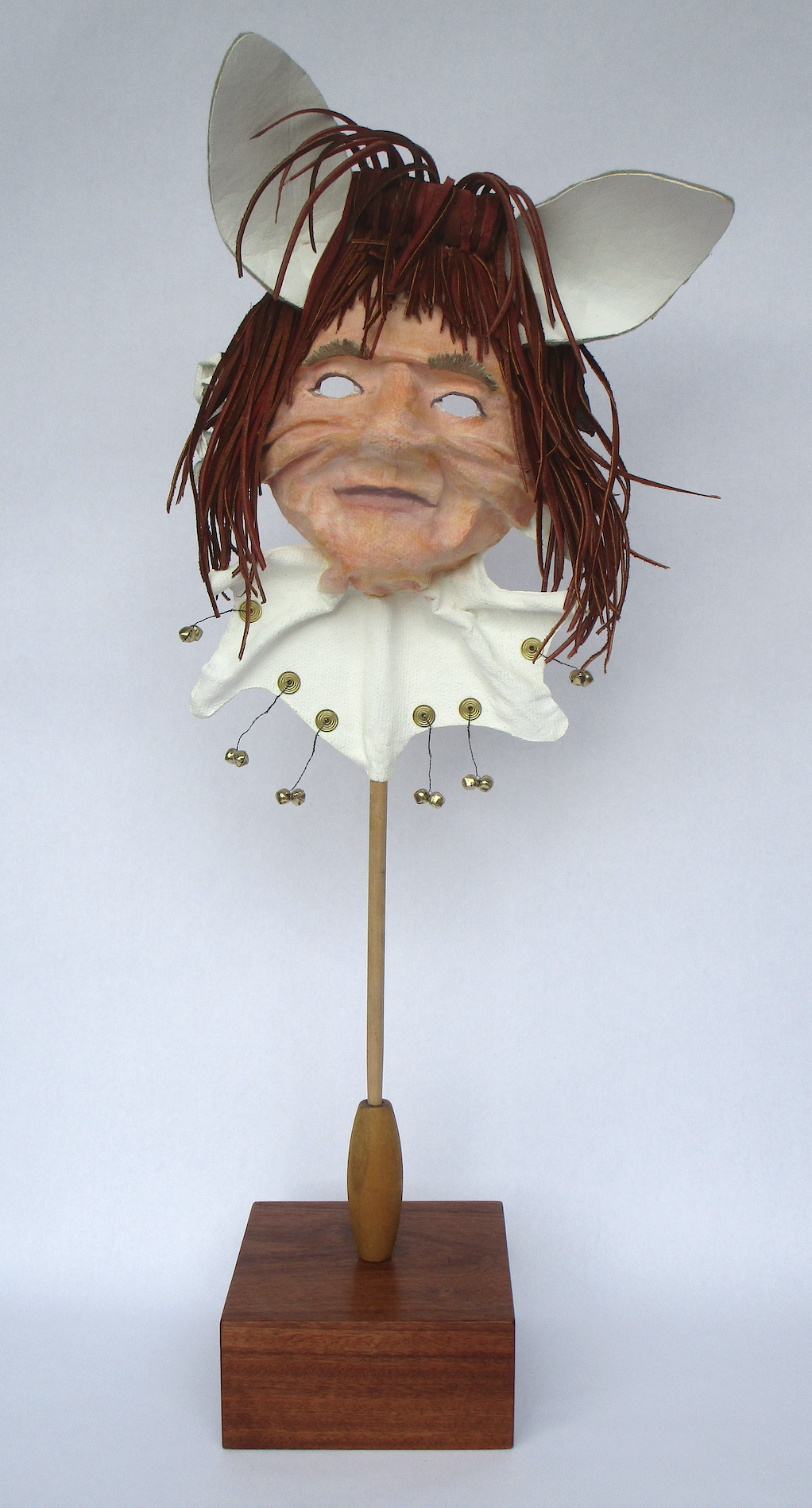
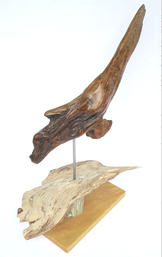
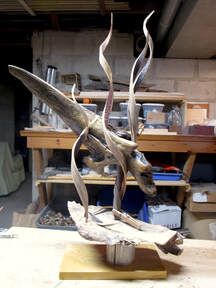
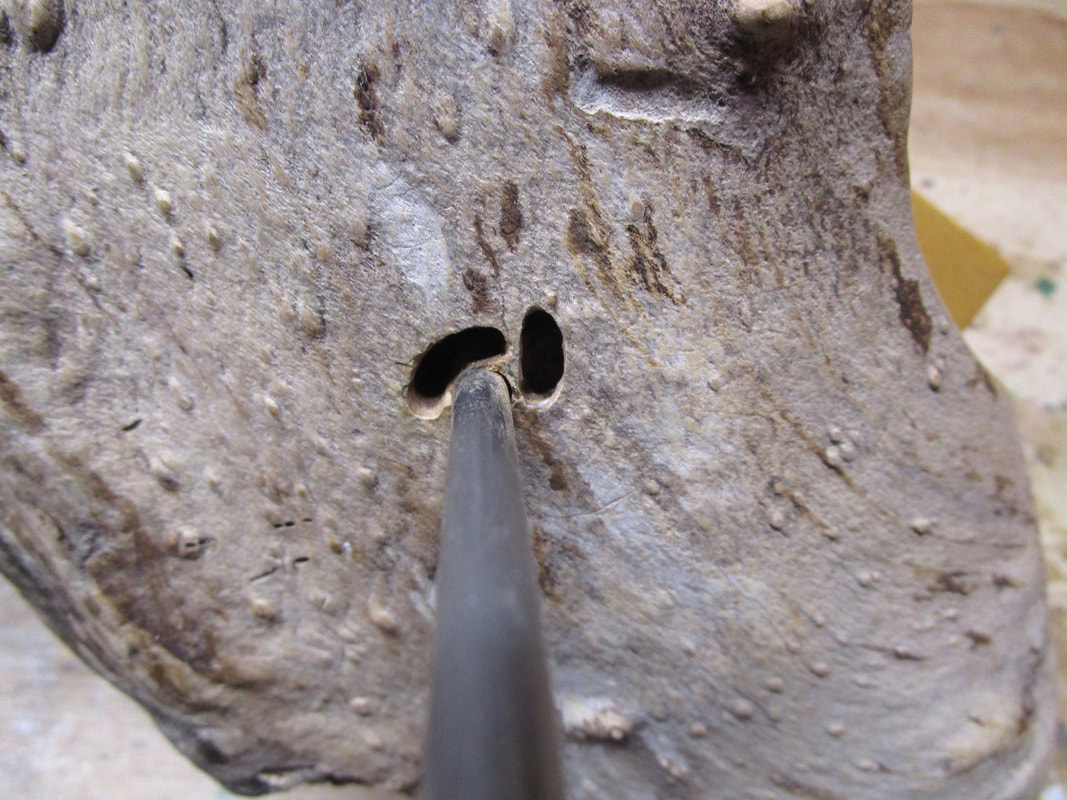
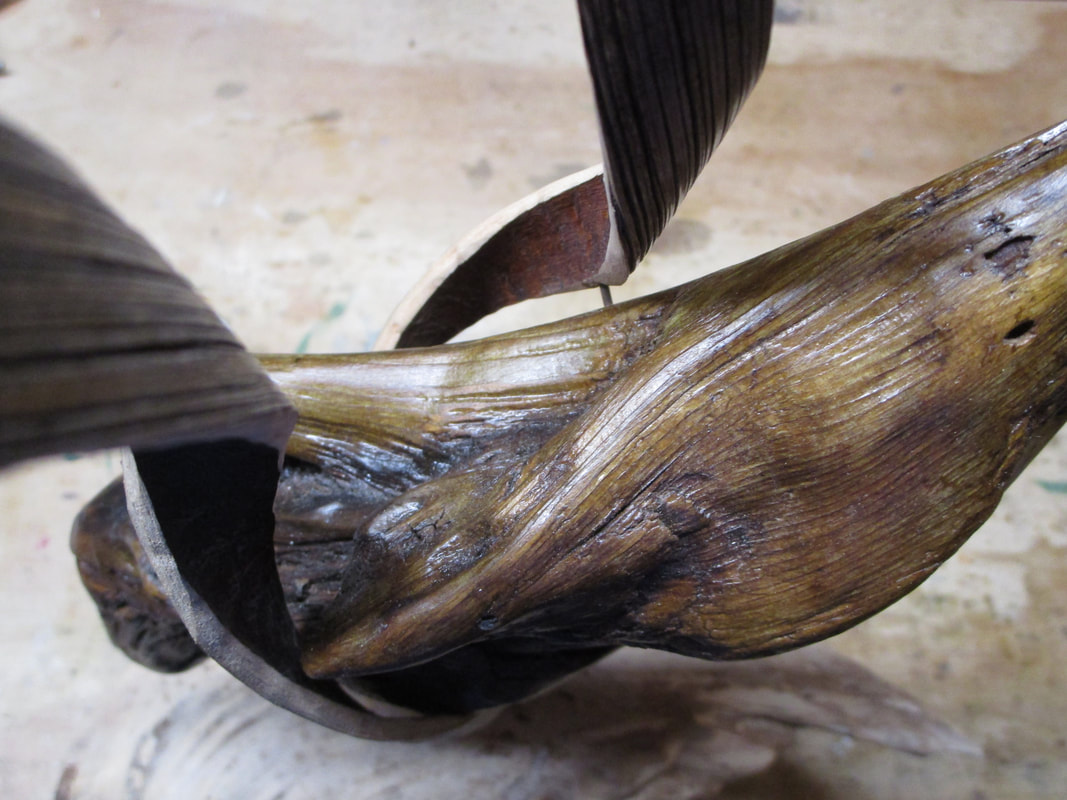
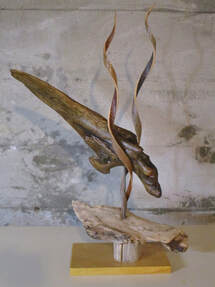
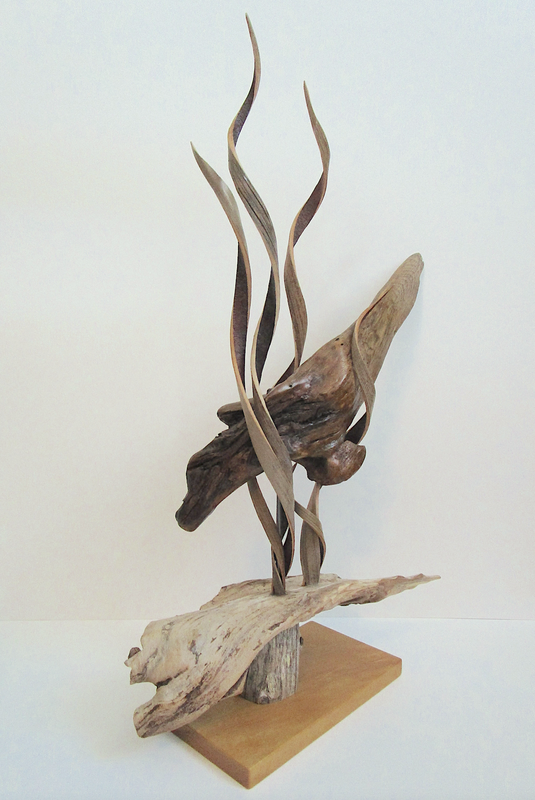
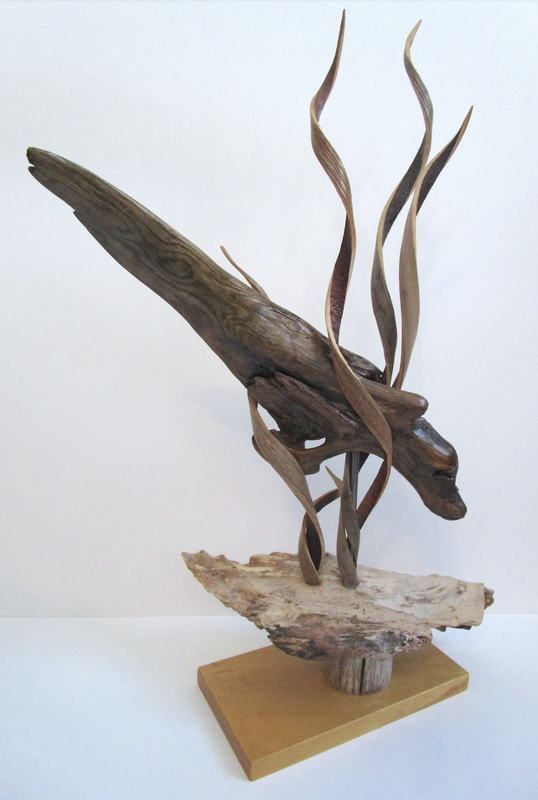
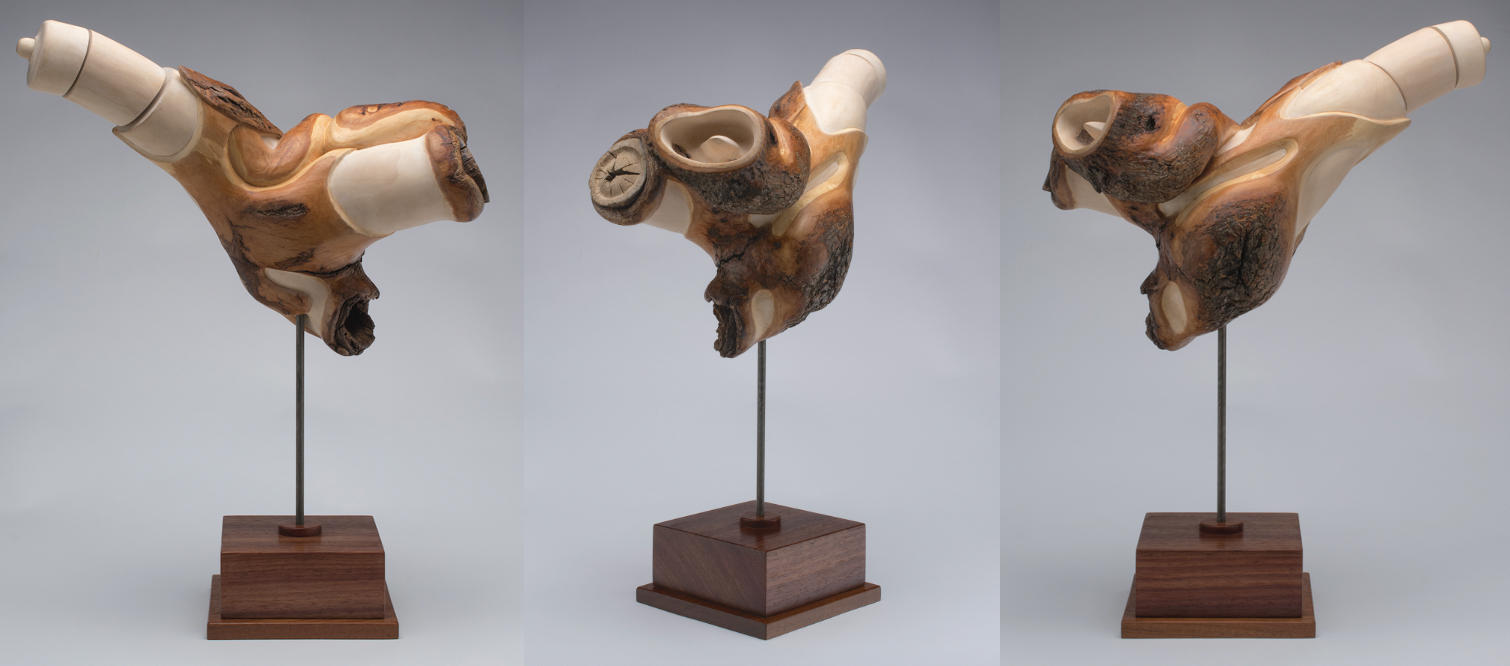
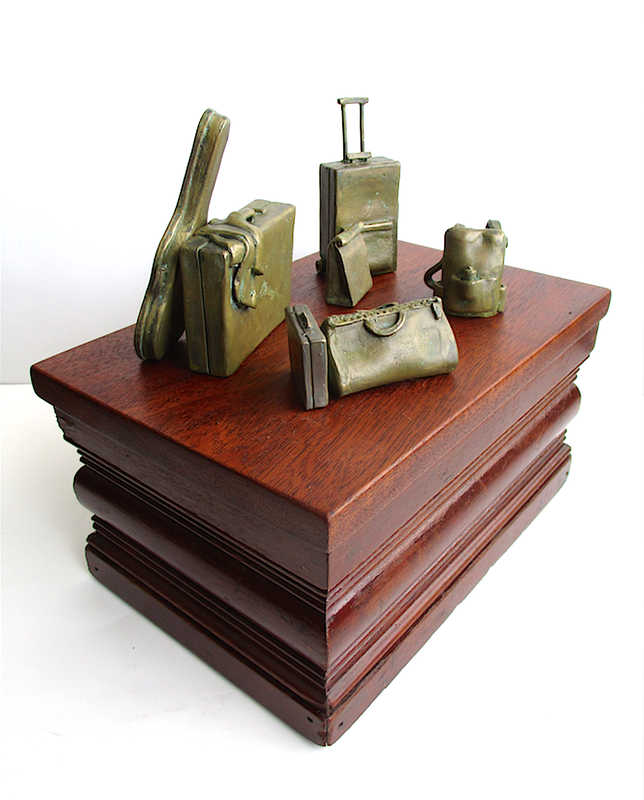
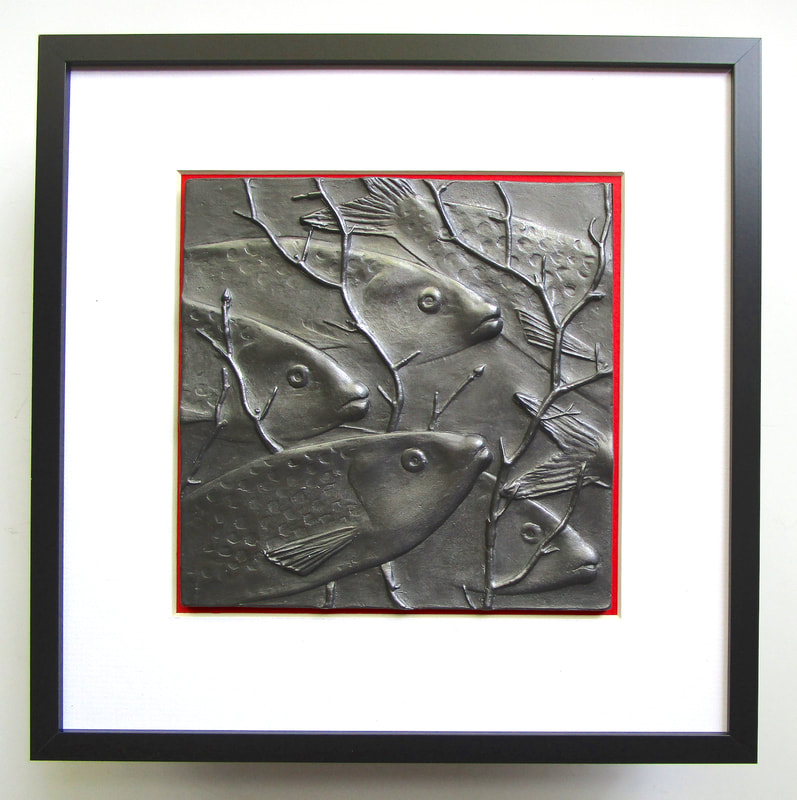
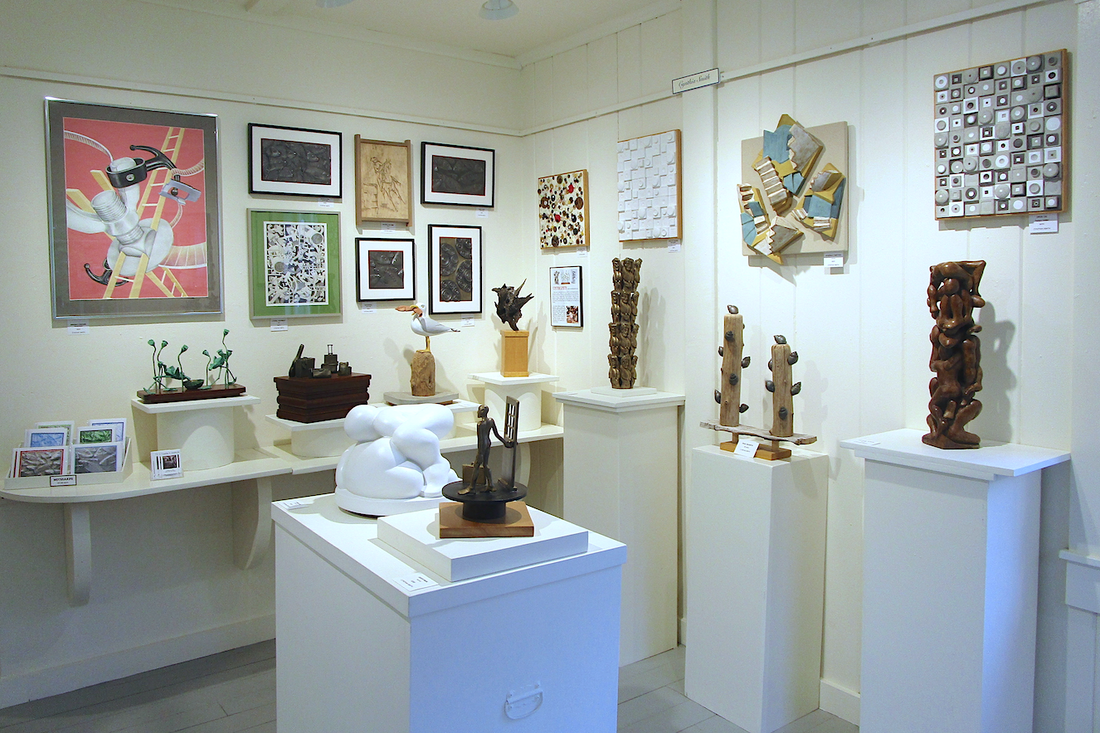
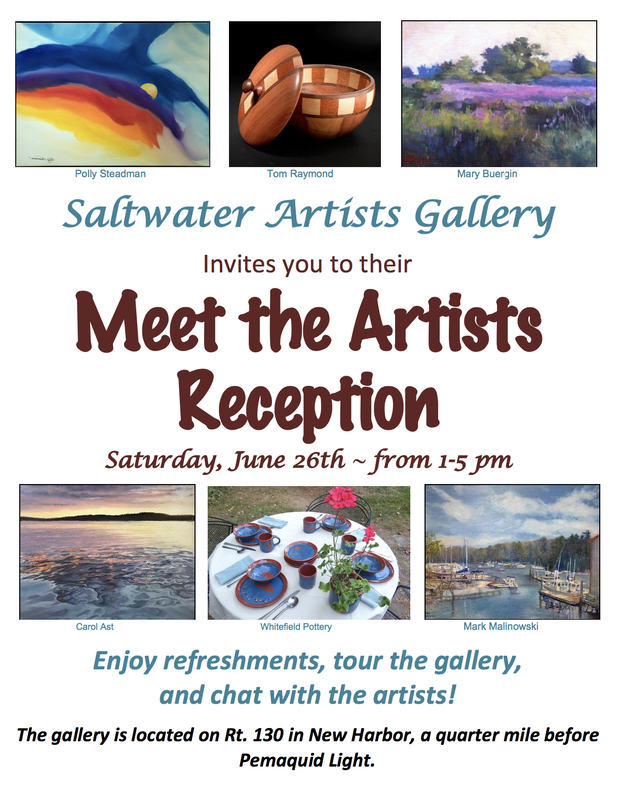
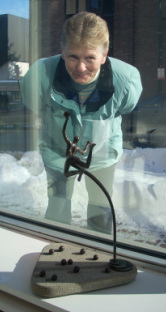
 RSS Feed
RSS Feed